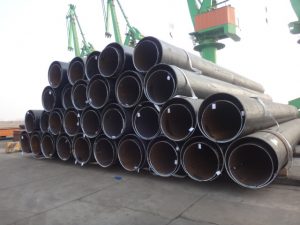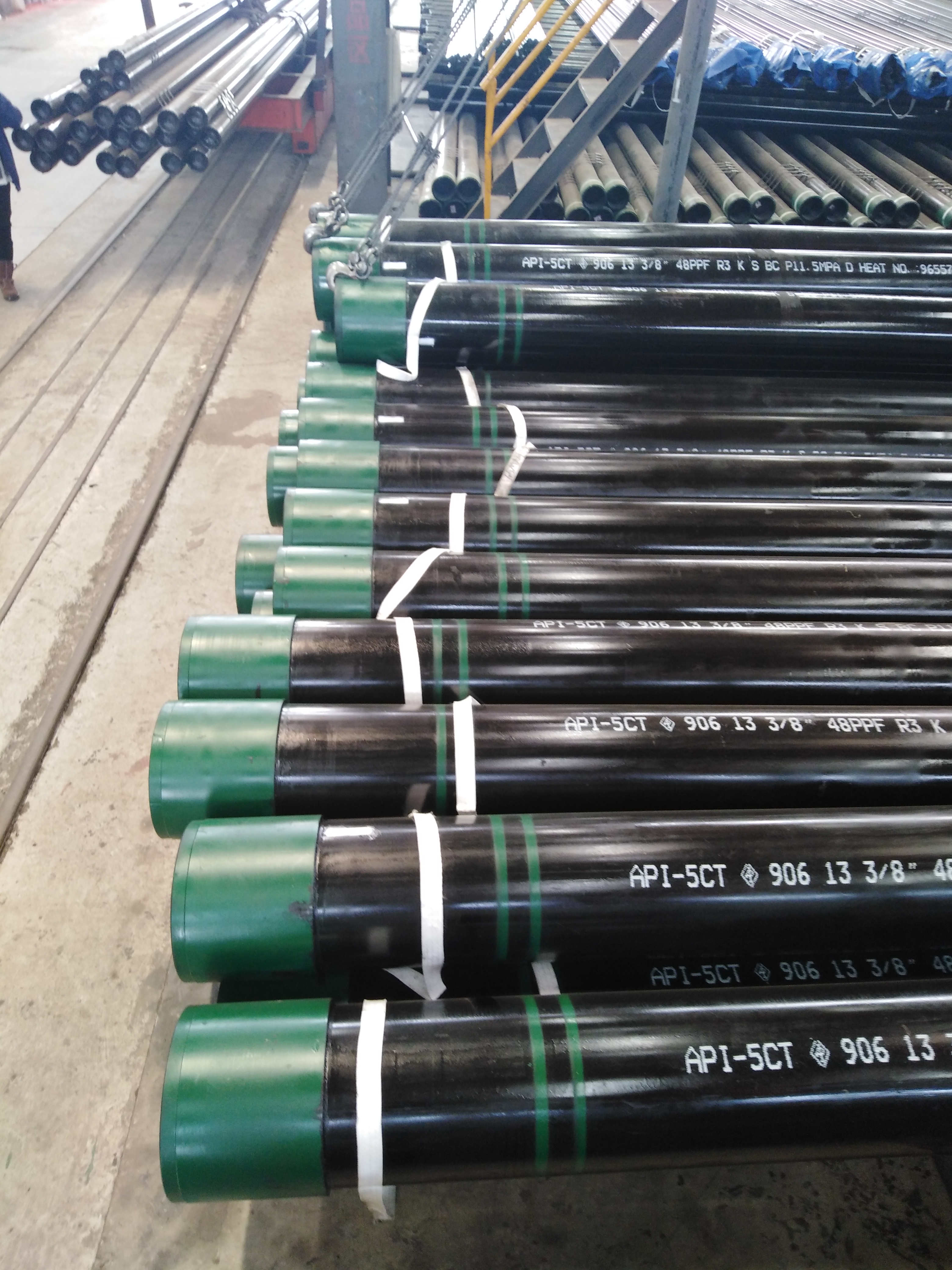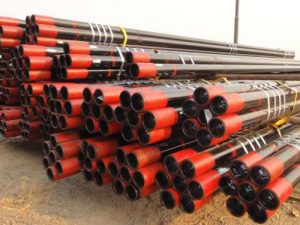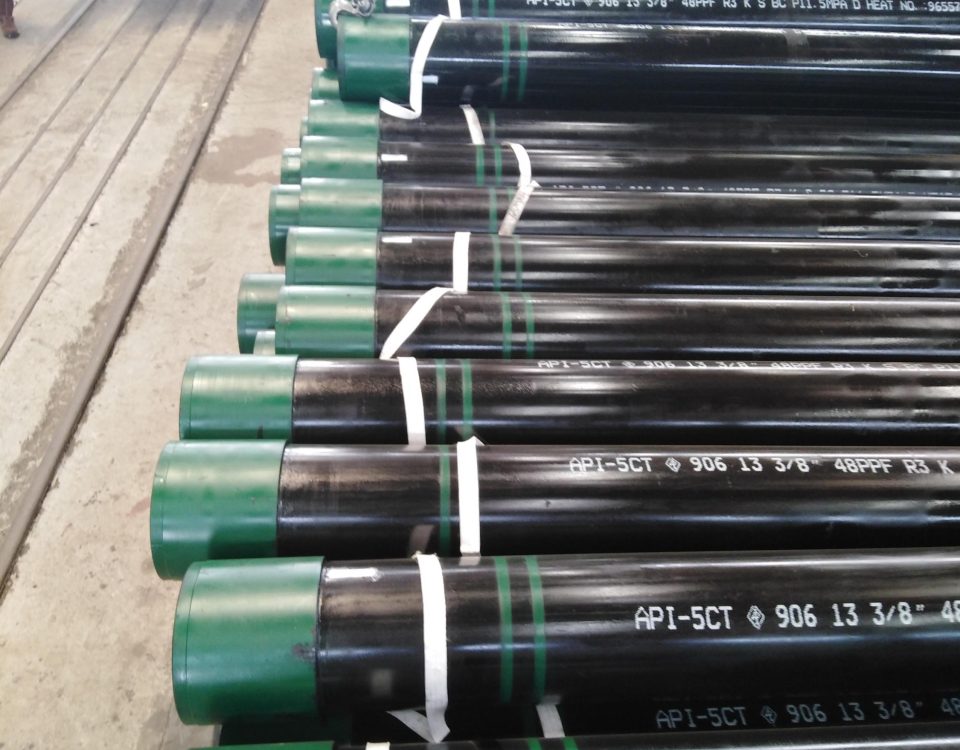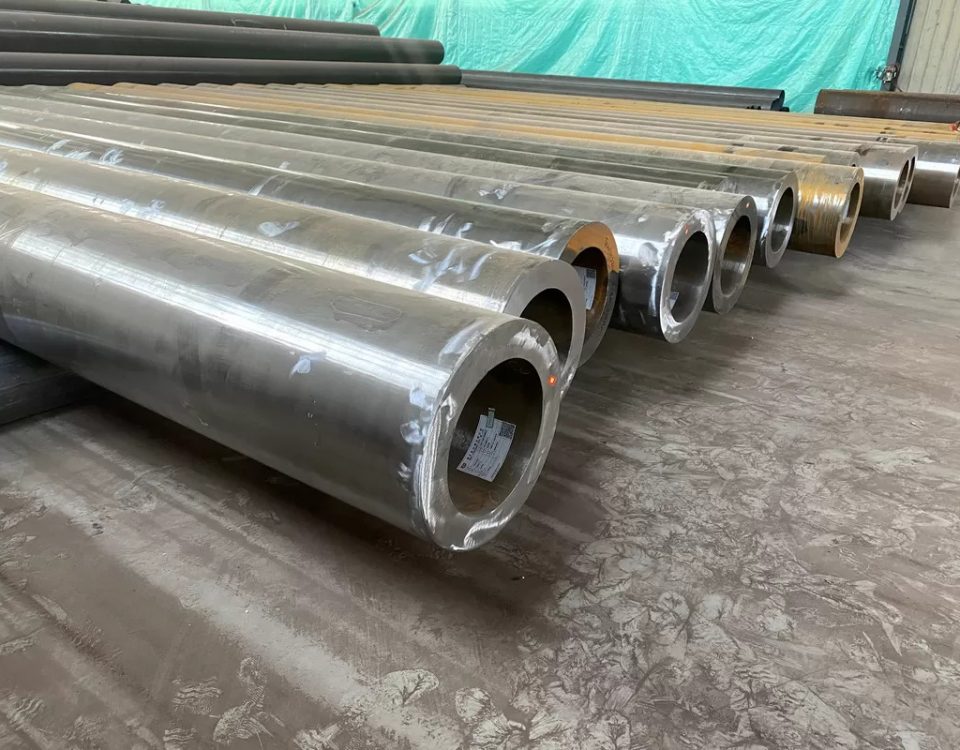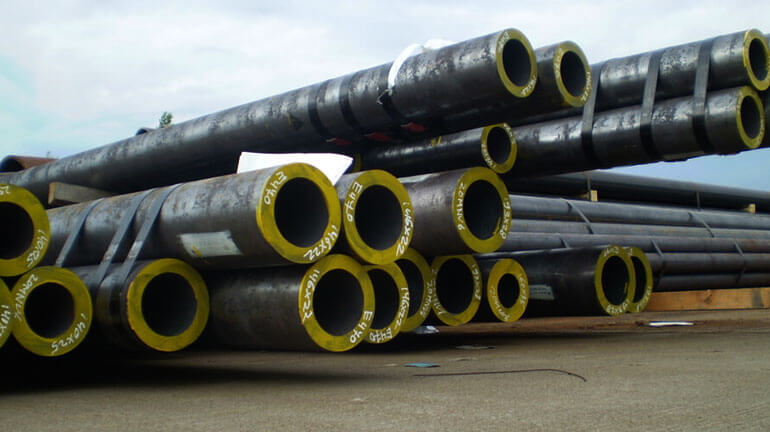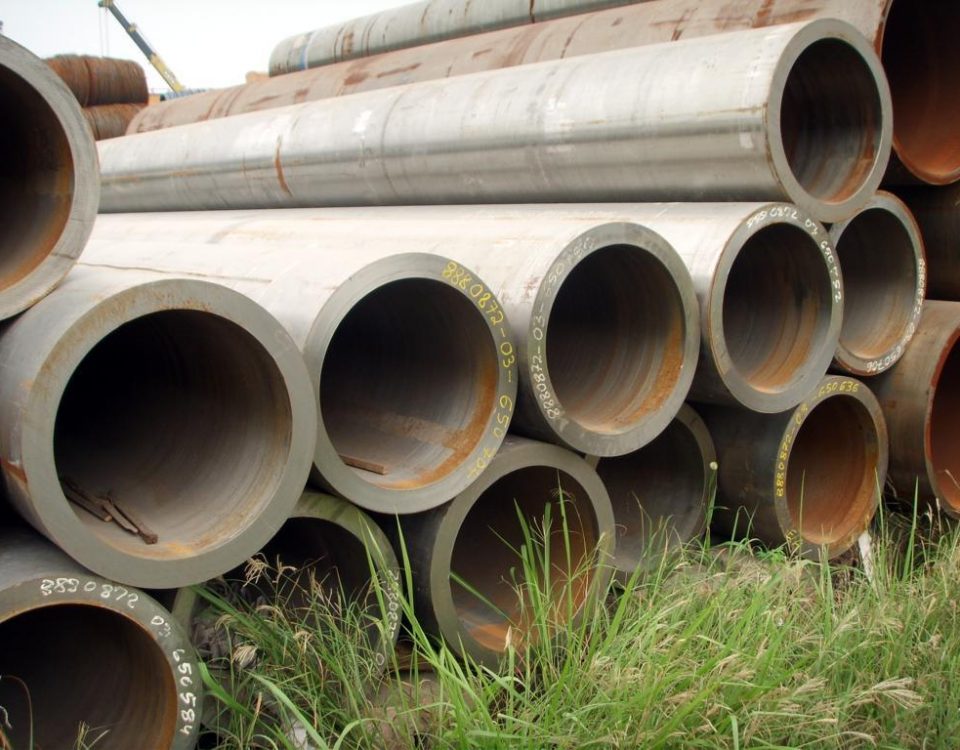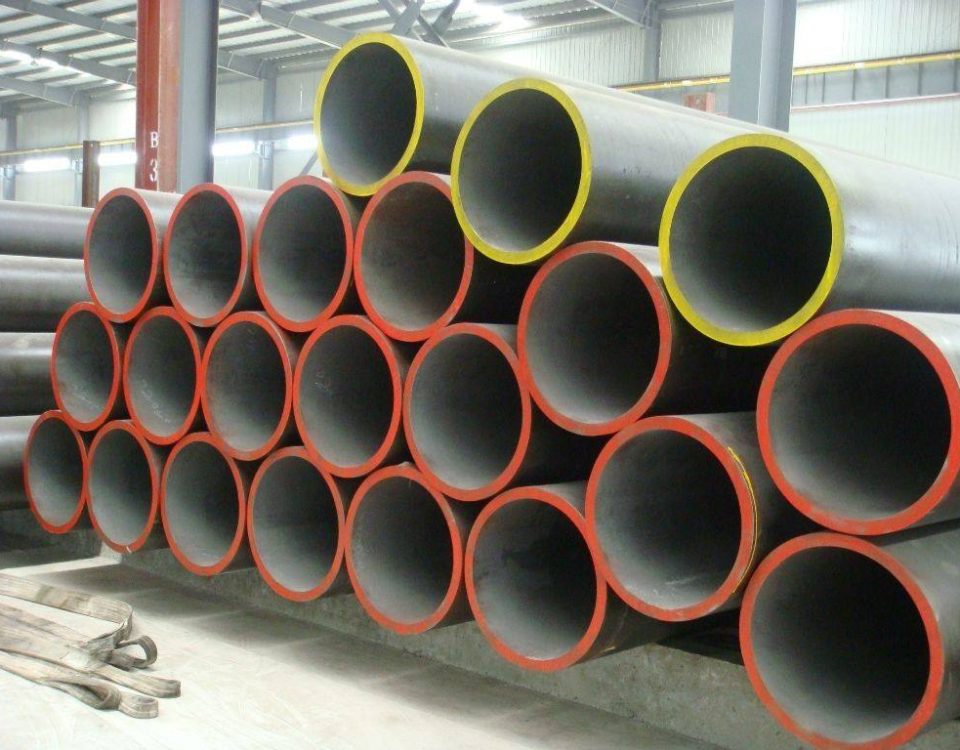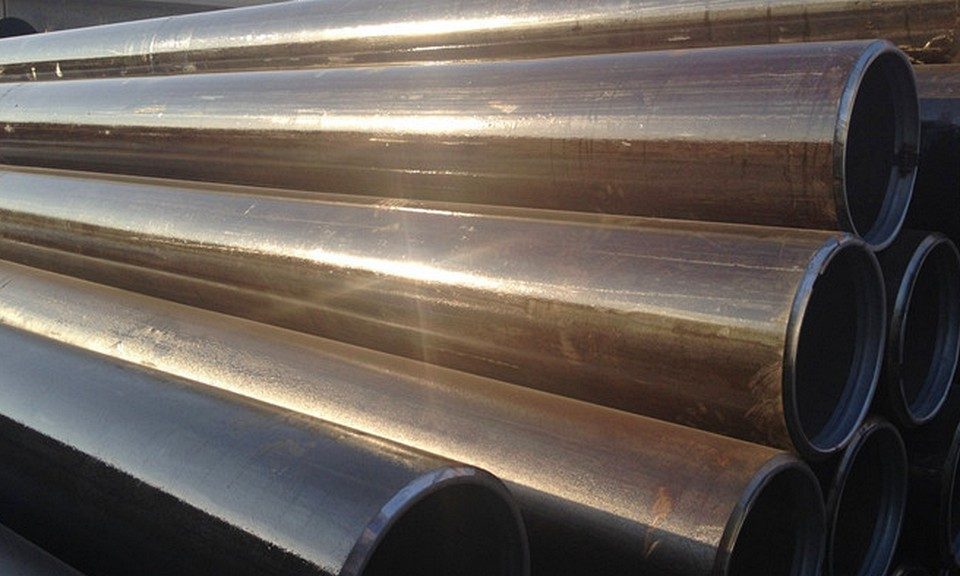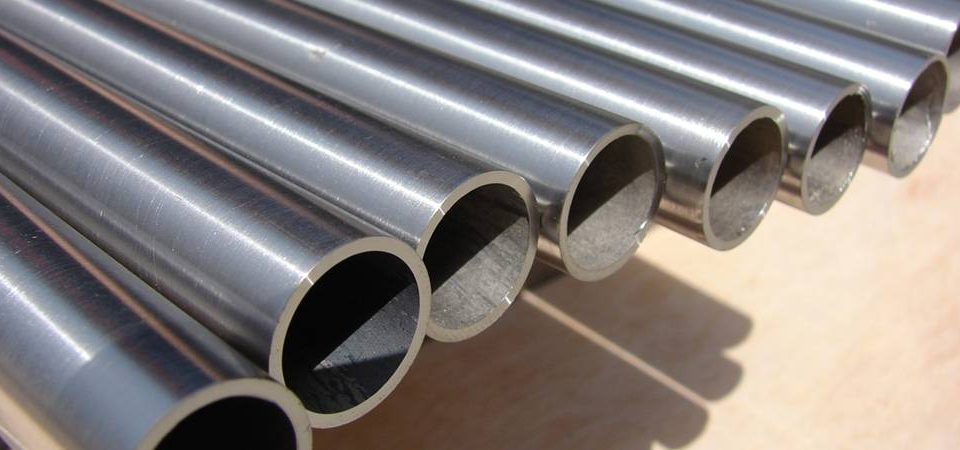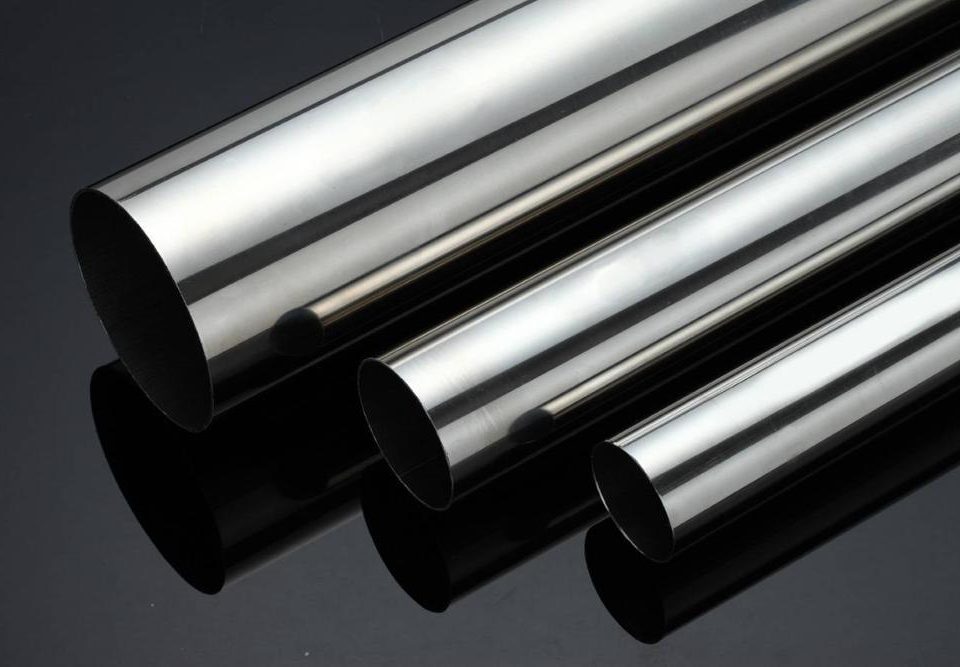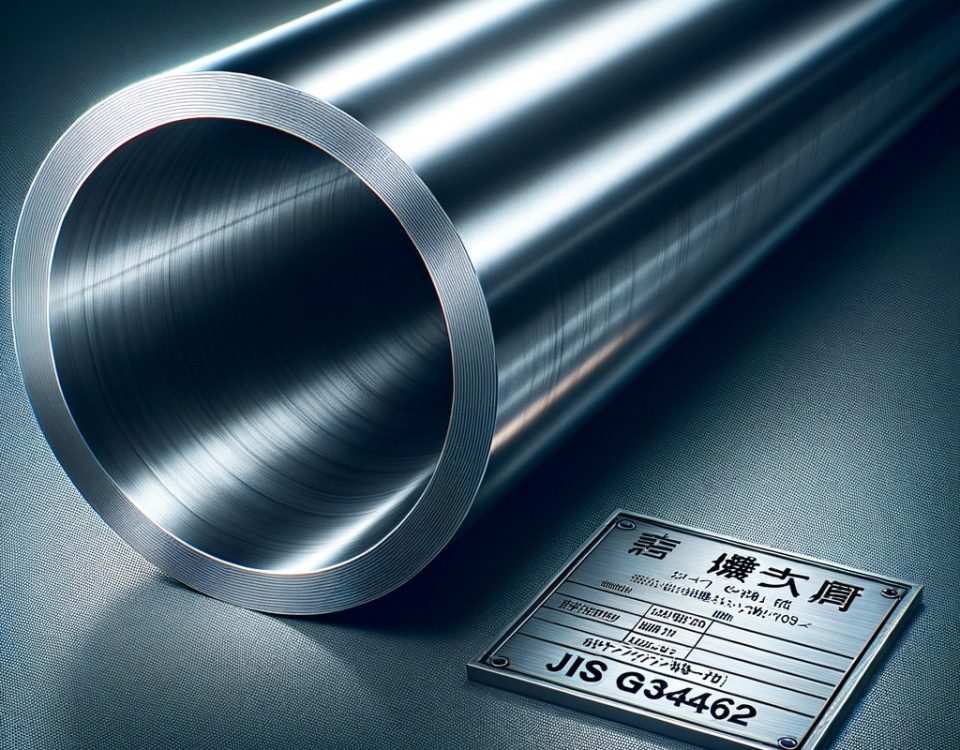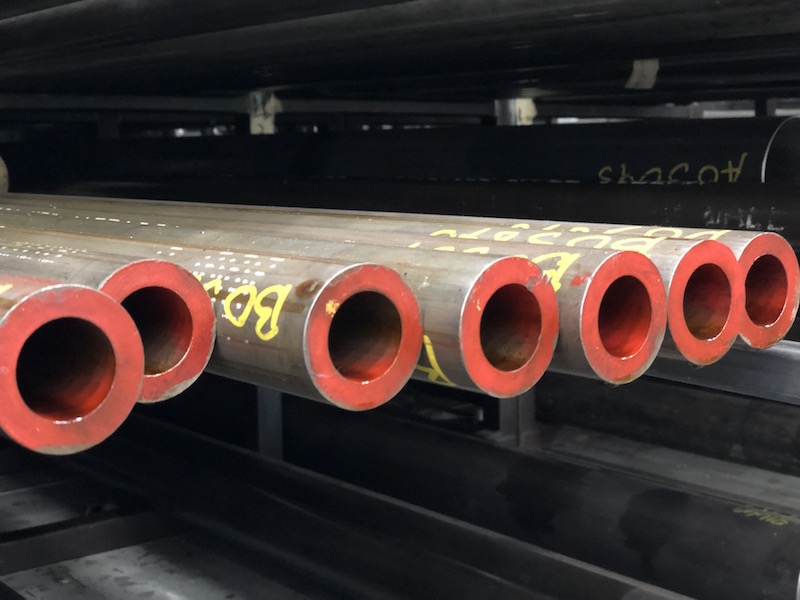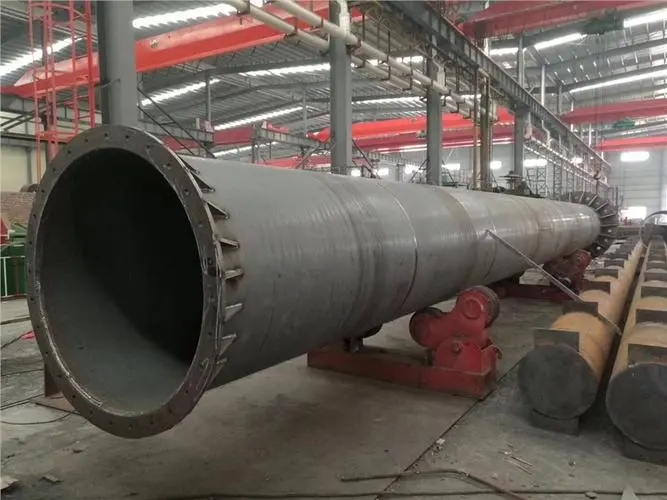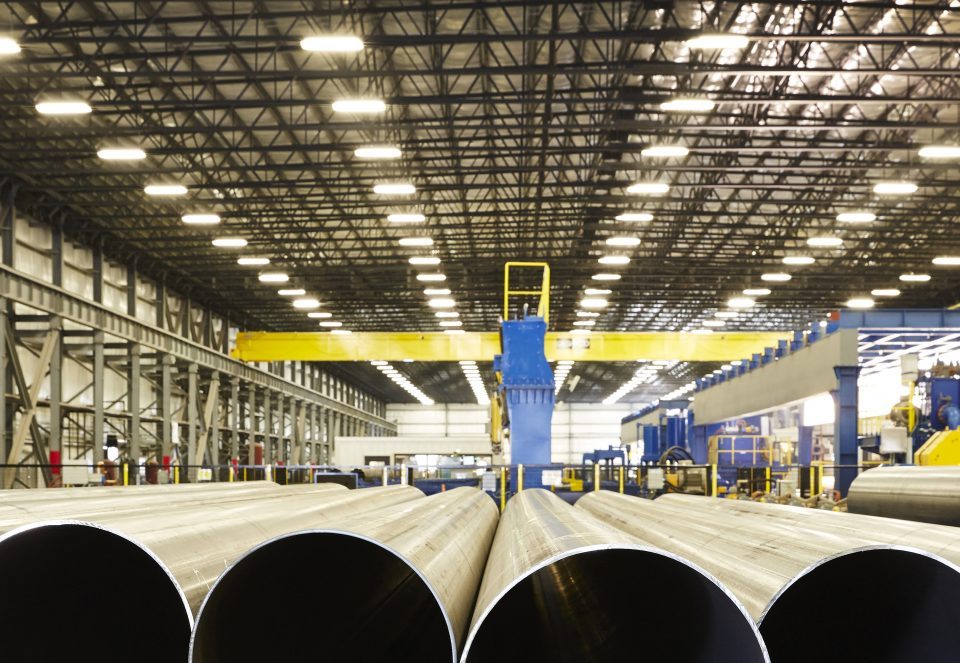Terms, definitions, symbols and abbreviations for tubing and casing
December 2, 2021Detailed introduction of 16Mn seamless pipe
December 13, 2021Carbon steel pipe is made of steel ingots or solid round steel through perforation into capillary tube, and then made by hot rolling, cold rolling or cold drawing. Carbon steel pipe has an important position in my country’s steel pipe industry.
General carbon steel pipe: It is made of 10, 20, 30, 35, 45 and other high-quality carbon steels such as 16Mn, 5MnV and other low-alloy structural steels or 40Cr, 30CrMnSi, 45Mn2, 40MnB and other alloy steels by hot rolling or cold rolling. Seamless pipes made of low carbon steel such as 10 and 20 are mainly used for fluid transportation pipelines. Seamless pipes made of medium carbon steel such as 45 and 40Cr are used to manufacture mechanical parts, such as stressed parts of automobiles and tractors. Carbon steel pipes are generally used to ensure the strength and flattening test. Hot-rolled steel pipes are delivered in hot-rolled state or heat-treated state; cold-rolled steel pipes are delivered in heat-treated state.
20# seamless steel pipe is a low-carbon steel pipe. Carbon steel is generally divided into three types: low-carbon steel, medium-carbon steel and high-carbon steel. Among them, 45# steel is medium-carbon steel, and less than 45# is low-carbon steel. 45# is high-carbon steel. If there is no special requirement for seamless steel pipes, 20# seamless steel pipes are generally used.
The material of 20# seamless steel pipe is 20# steel, the strength is slightly higher than that of 15#, it is rarely quenched and has no temper brittleness. Cold deformation has high plasticity and is generally used for bending, rolling, bending and hammer arching. The welding performance of arc welding and contact welding is good, the thickness is small during gas welding, and cracks are prone to occur on parts with strict requirements or complex shapes. The machinability cold drawn or normalized state is better than the annealed state, and is generally used to manufacture workpieces with low stress and high toughness requirements.
20# steel pipe and 45# steel pipe material distinction
They are usually suitable for the material of seamless steel pipes. Seamless steel pipes are divided into two commonly used ones, GB8162 and GB8163, but 45# steel is only available in GB8162, and 45# is a commonly used material for machining.
First of all, the c, Si, Mn, P, and S contents of 20# and 45# steel are different, and 45 is higher than 20# steel. You can buy this steel just to take a look at the manual. 20# steel has low hardenability, low hardenability, good plasticity, toughness, and weldability. It has better toughness after hot rolling or normalizing. It can be used to produce less important medium and small carburizing, carbonitriding parts, and forging parts. Such as lever shafts, gearbox shift forks, gears, heavy machinery tie rods, shackles, etc. 45# steel is a commonly used medium-carbon quenched and tempered steel with good comprehensive mechanical properties, low hardenability, and cracks easily during water quenching. Small parts should be quenched and tempered, and large parts should be normalized. They are mainly used to manufacture high-strength moving parts, such as turbine impellers and compressor pistons. Shafts, gears, racks, worms, etc.
They are usually suitable for the material of seamless steel pipes. Seamless steel pipes are divided into two commonly used ones, GB8162 and GB8163, but 45# steel is only available in GB8162, and 45# is a commonly used steel pipe material for machining.
20# seamless pipe product application: ships, boilers, pressure vessels, petroleum storage tanks, bridges, power station equipment, lifting and transportation machinery and other higher-load welded structural parts. Q345D seamless steel pipe old standard comparison: 18Nb containing Nb killed steel, performance similar to 14MnNb, mainly used in cranes, blowers, chemical machinery, etc.; 09MnCuPTi steel for atmospheric corrosion resistance, good low-temperature impact toughness, weldability, cold and hot workability All are good, mainly used for various machines in humid and rainy areas and corrosive atmospheres.
The thicker the wall thickness of the 45# seamless pipe product is, the more economical and practical it is. The thinner the wall thickness, its processing cost will rise significantly; secondly, the product’s technology determines its limited performance. Generally, seamless steel pipes have low precision: uneven wall thickness, low brightness on the inside and outside of the pipe, high cost of sizing, and there are pits and black spots on the inside and outside that are not easy to remove; third, its detection and shaping must be processed offline. Therefore, it embodies its superiority in terms of high pressure, high strength, and mechanical structure materials.
The difference between ordinary cold drawn seamless steel pipe and fine-rolled seamless steel pipe is
1. The main feature of ordinary seamless steel pipe is that it has no welded seam and can withstand greater pressure. The product can be rough cast or cold drawn parts, suitable for mechanical processing and fluid pipelines.
2. Precision steel pipe is a product that has appeared in recent years. The main reason is that the inner hole and outer wall dimensions have strict tolerances and roughness, and the appearance is bright, but the only disadvantage is that it cannot be bent. The solution is finally annealed but not after annealing. It will shine, but the wall thickness tolerance can still be guaranteed.
